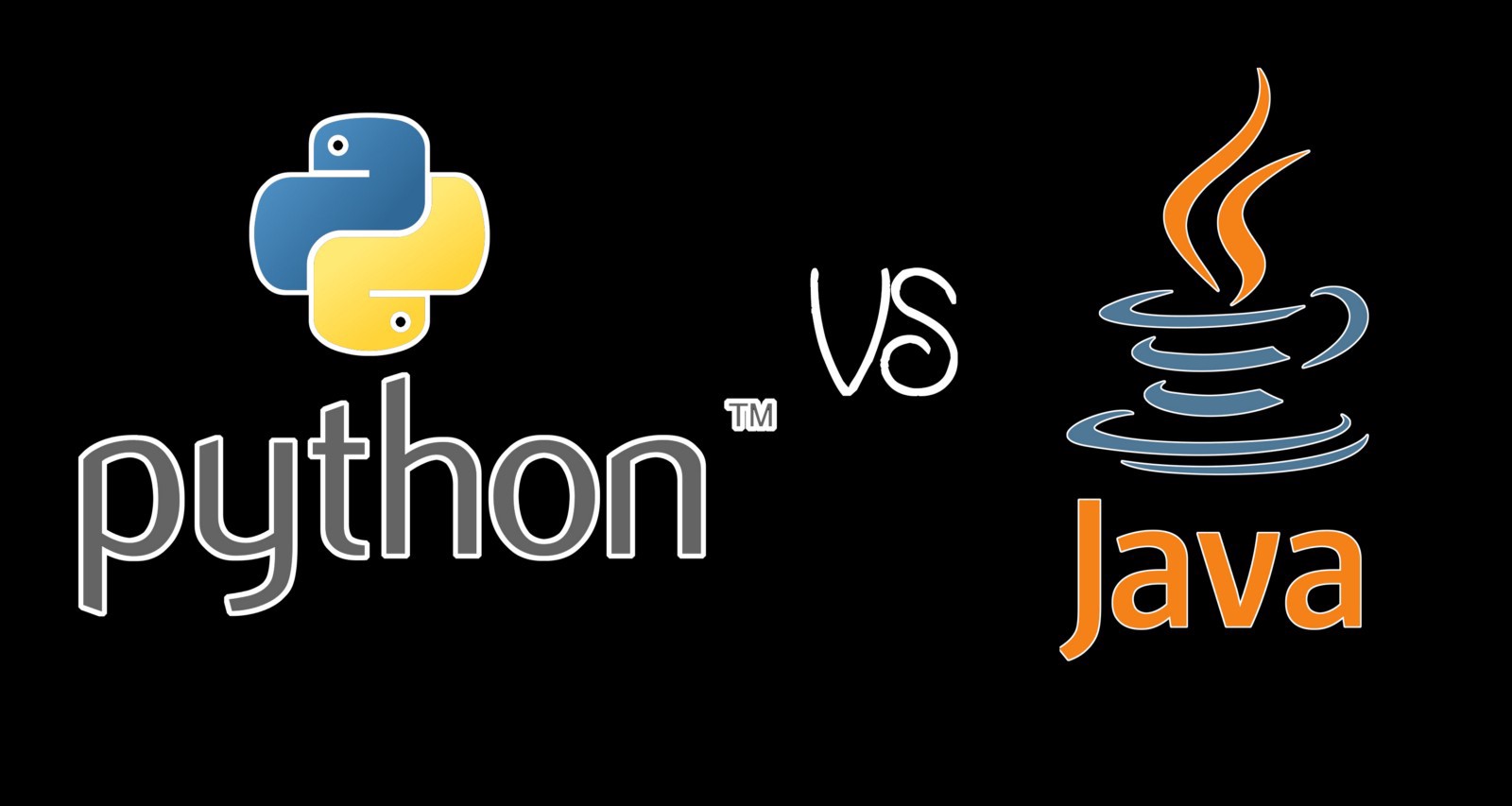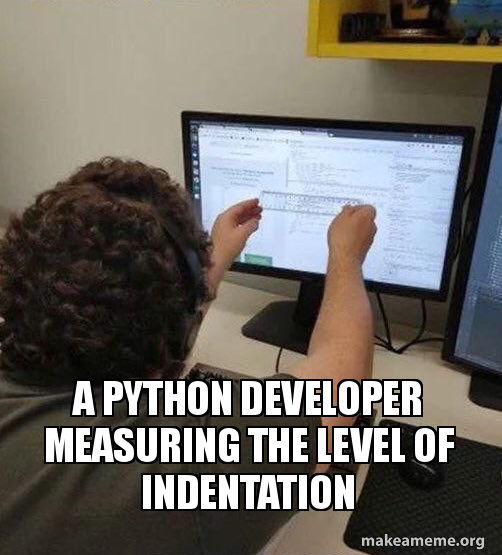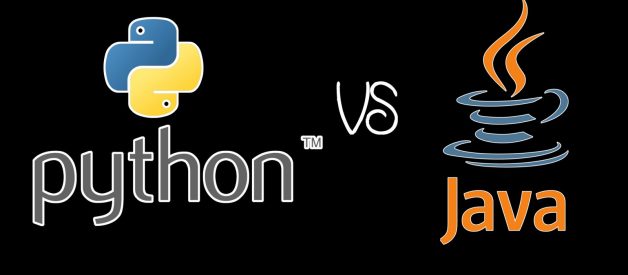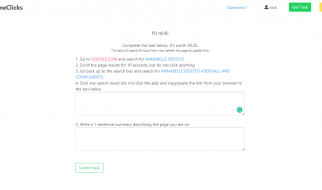Java and Python are two of the most popular programming languages as of 2019. Both are very powerful. However, these two languages are very different. Thus, most beginners and newbies get confused when it comes to making the choice between these two as their first programming language.
 Which one should be your first programming language?
Which one should be your first programming language?
In this post, I will discuss which programming language is better to learn first and why. Well, let?s make it clear: in my opinion, Java would be a better first programming language than Python. Let?s discuss the reasons.
Note: Here I will not discuss which language is better or which one is more powerful but only explain which one beginners without any prior programming experience should opt to learn first.
Python Indentation vs Java Curly Braces
The two languages follow a totally different style of separating the blocks of code. While Java uses curly braces ({}) like many other popular programming languages like C++, C#, and JavaScript, Python uses indentation.
In Java:
// Java versionpublic class MyFristDate { private String firstName = “Bobby”;public void sayHello() { System.out.println(“Hello, ” + firstName); }}myClassInstance = new MyFristDate();myClassInstance.sayHello();
In Python:
# Python versionclass MyFristDate: def __init__(self, first_name): self.first_name = “Bobby” def say_hello(self): print(“Hello, ” + first_name)my_class_instance = MyFristDate()my_class_instance.say_hello()
Many developers love Python indentation (disclaimer: I love it as well). However, code with curly braces would be better for beginners who are completely new in the field as these braces provide a much clearer view in a glimpse and also completely differentiate the blocks of code, which is easily understandable for newbies.
Furthermore, it is also difficult for beginners who are just starting out, to work with indentations because if they mistakenly put the wrong space character, the whole program logic will go wrong.
def say_hello(): print(“Bobby”) # I use tab to make indentation here print(“Creativity”) # I use space to make indentation here# Do you see the differences between tabs and spaces?
Another common mistake of beginners is to write functions with hundreds of lines of code. Indentation would be hell with such mistakes as it?s too unreadable! (Obviously, you should not write hundreds of code lines for a function).

Static vs Dynamic Type Nature
The most important reason is that Java is a static-type programming language and Python is dynamic-type. With a static-type language, everything is declared explicitly while with a dynamic-type language, types are not. Sure, it makes the code longer and looks like a boilerplate. However, explicitness really helps beginners a lot! As Java code is very strict and explicit, beginners are completely aware of what is happening in the code. See the example of how you define a variable in Java below:
int number = 10;char character = ‘a’;
Here, even beginners will quickly understand that ?number? variable is of type int (short for integer) and ?character? variable is of type char (short for the character).
As Python is a dynamic-type language that doesn?t include type declarations, everything is implicit or hidden. Thus, beginners are not well-aware which type of variable they have declared. It becomes troublesome later when something unexpected happens. See the example of how you define a variable in Python below:
number = 10;character = ‘a’;
The code is sure shorter but we just don?t see the type of the declared variables.
Let?s look at how ?class? and ?function? are defined in both languages.
// Java versionpublic class MyFristDate { private String firstName = “Bobby”; public void sayHello() { System.out.println(“Hello, ” + firstName); }}myClassInstance = new MyFristDate();myClassInstance.sayHello();
Above is the Java version. Let?s compare it with the Python version below:
# Python versionclass MyFristDate: def __init__(self, first_name): self.first_name = “Bobby” def say_hello(self): print(“Hello, ” + first_name)my_class_instance = MyFristDate()my_class_instance.say_hello()
In Java, it?s clear that we have a public class, which is accessible to a class in any package. In addition, ?firstName? variable is of type String and has the private scope. And finally, the function ?sayHello? is public with the return-type of void. As compared to Python, all of this information is hidden. Now, can you guess what return type ?say_hello? function has? Most Python beginners won?t be able to answer this, but Java beginners do.
In short, it is better to first learn a static-type programming language like Java as compared to dynamic-type, because static-type languages let programmers understand the inner working of how coding is done in general.
There are several advantages of Java or static-type programming languages as discussed further in the following.
Less Room For Mistakes
Java?s static-type nature enforces programmers to make fewer mistakes because it contains strict rules of coding and type-safety system which check everything at compile-time. As Java program does not execute even if there is only a single compile-time error (the error which comes before the program executes), programmers are bound to solve all errors in order to execute the program. Hence, there are fewer chances of runtime errors (the errors which come after the program executes). It?s a totally different story with Python and other dynamic-type languages, in which everything is checked at runtime and thus, the chance of facing runtime errors is much higher.
This is important because runtime errors are far more difficult to catch and debug as compared to compile-time errors. With Python, beginners might need to spend more time debugging and fixing issues than with Java.
Easy Code Analysis
As you already guessed, Java code is very easy to analyze because, again, everything is declared explicitly, so beginners don?t spend much of their time in understanding what this bunch of code is doing in case if they need to analyze their own previously written programs or the code written by teammates, which is common when working in large companies.
However, a beginner would have to spend much of his time analyzing the Python code because everything is hidden and it?s really hard to grasp what each line of code does. In short, Python programmers face difficulties when analyzing the code because of its dynamic nature.
Easy Transition
It?s very common for professional programmers to know multiple programming languages. Hence, as a beginner, if you have plans to learn more than one programming language, Java would be the better choice to get started with because its syntax is similar to most other programming languages. Hence, if you learn Java, you would be able to learn many other popular programming languages.
On the other hand, if you choose to learn Python first, you might have some transition issues because of the syntax. JavaScript, PHP, and many other popular programming languages don?t use indentation.
In short, the transition from Java to Python or any other programming language is like no brainer, but opposite takes much time.
Conclusion
Java and Python, both are widely used programming languages, but Java is better to learn first than Python because of reasons below:
- Static-type language is more explicit than dynamic-type ones: In Java, everything is declared explicitly (variables, functions, and classes). Hence, beginners are fully aware of what the code is about. Additionally, static-type allows beginners to easily understand the inner working of several programming concepts. However, in Python, everything is implicit that makes beginners sometimes unaware of what their code is about and easy to make mistakes unintentionally;
- Fewer chances of unexpected runtime errors: Java consists of strict rules and strong type-safety system which enforce programmers to do fewer mistakes, as it checks Java code at compile-time. Therefore, with Java, there are fewer chances of unexpected runtime errors. As compared to Python, which checks code at runtime, developers might face lots of unexpected errors. It?s because everything is shown up at runtime in Python, which also makes it difficult to debug and analyze the code in Python, as compared to Java.
- It is easier to make the transition from Java to Python or any other language, but the reverse is a bit difficult because of Python syntax is a bit different than most other popular programming languages.


